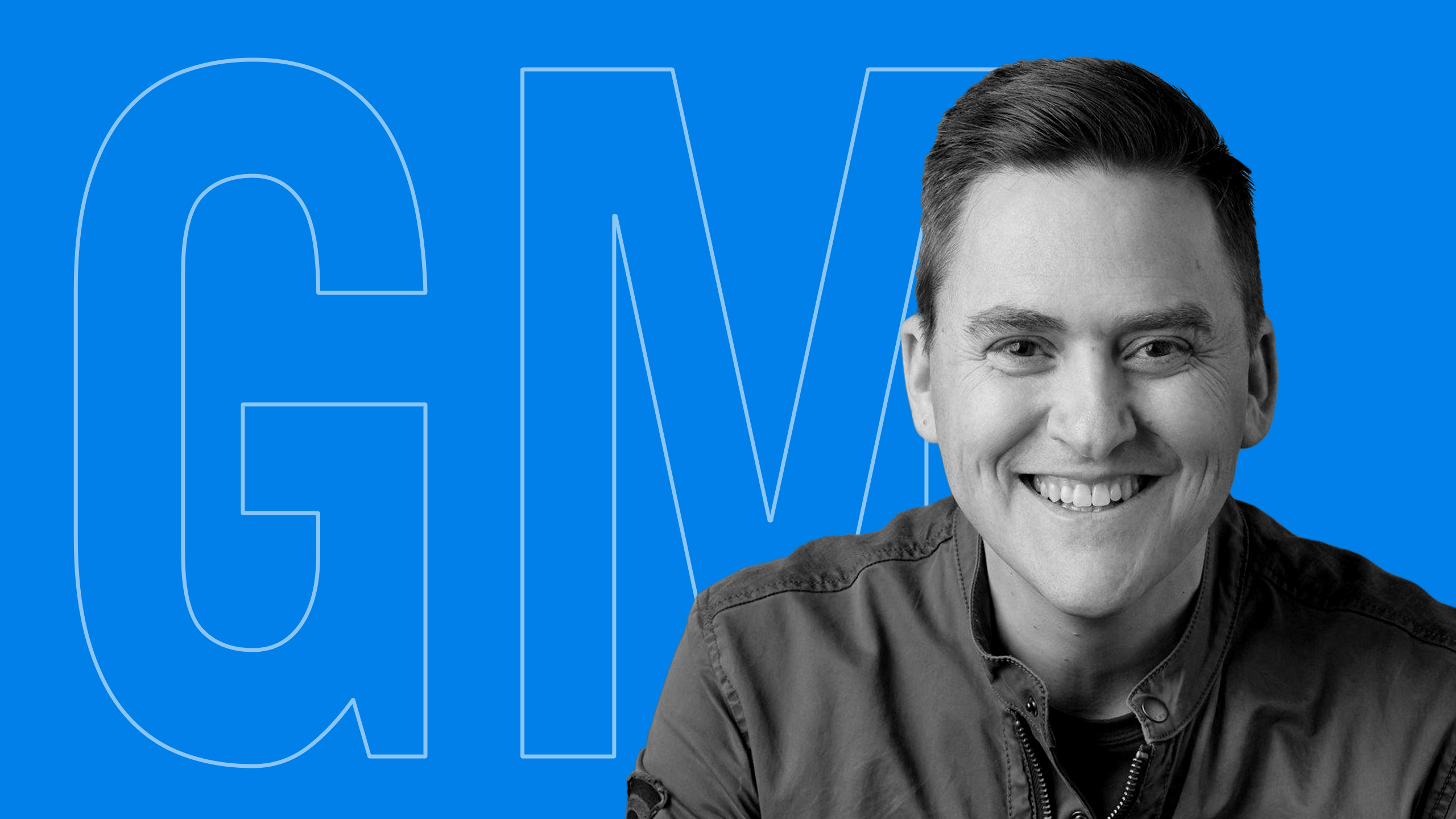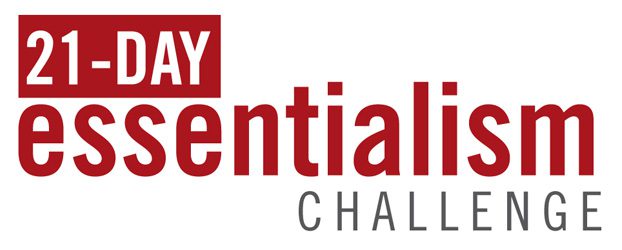Greg McKeown:
Have you ever worked to launch a product or a service only to see it go flat in the market? Have you ever developed an initiative internally at work only to see the launch fall completely flat? Have you ever put time and energy, and resources into a relationship only to see it go south?
Today, I will share a powerful failure story, something counterintuitive I have learned, and some actionable advice. By the end of this episode, you will have a six-word question that you can use at work and at home to make sure that you are solving the right problem. Let’s begin.
If you want to learn faster, understand more deeply, and increase your influence, teach the ideas in this podcast episode to someone else within the next 24 to 48 hours.
Have you ever heard of Quibi? Exactly.
I ask people all over the world, large audiences, capable executives, that question, have you heard of Quibi? And it is rare that anybody raises a hand, and this is a startling thing because, in the glittering world of Hollywood, around the dawn of the 2020s, a new venture was stirring. The venture was Quibi, a mobile-first streaming platform set to deliver quick bites of content tailored for the rush hour consumer.
At the helm of Quibi were two well-known characters. Jeffrey Katzenberg, the Hollywood titan with a knack for storytelling and a gold-plated reputation. And Meg Whitman, herself a seasoned technology executive who had led eBay and HP both as CEO.
Their collaboration was underlined by a strong vision and seemingly unlimited resources. Quibi, if you can believe it, amassed 1.75 billion in funding prior to its launch. 1.75 billion without having a single customer! So you have talent from Hollywood combined with talent from Silicon Valley. You have unthinkable funding, and their aim is simple, to redefine the streaming industry with these snack-sized content consumable on the go. They anticipated the needs of a mobile-centric generation, and they sought to bridge the gap between technology and content.
However, just eight months after they launched, the company was officially shut down. A venture that started with unprecedented promise and substantial backing had come to an end almost before they had begun. They spend, if I’m recalling it correctly, 1.2 billion of that founding capital on what? On Stars in Hollywood, on cutting-edge technology, on talent everywhere. What went wrong?
I watched the rise and fall of Quibi with complete fascination. I’d already spent 15 years working with Silicon Valley, and I was living right next to Hollywood at the time. The merging of those two business ecosystems was already happening in real-time. Just think of Netflix as an example. The complete merging of these two massive but often completely separate industries. They seemed like they had all the ingredients. It seemed like this was truly going to be the next big thing. I remember even thinking it almost seems a little unfair to all of these other startups that have to grind their way through a lean innovation model in order to be able to even get up and compete, but they died. They spectacularly died.
Now, you can blame the shutdowns from the pandemic, and some of the leaders in that organization have absolutely pointed to that, but what I wonder is if they made an error in understanding the problem they were trying to solve. In an era of constant innovation and competition, they focused on redefining the way content was consumed rather than ensuring the content itself was compelling enough to attract and retain an audience.
One of the lessons of Quibi is to understand the importance of correctly identifying the right problem. That innovation, to be useful at all, must be aligned with the real needs and preferences of the audience. How could Quibi have better identified the true needs of its audience, and more importantly for you, how can you learn on the cheap the lessons that were so expensive for them? How can you make sure that you don’t spend your limited time, attention, effort, and money on solving the wrong problem? How can you do that in your business? How can you do that on your team? How can you do that in your professional work? How can you do it in your personal life at home?
Quibi serves as a compelling reminder that solving the right problem is at the heart of any successful venture, it’s not enough merely to innovate to come up with new product services. It’s not enough just to put in more effort, time, and attention. The innovation must address a true need in order to provide a meaningful solution. Innovation, the vital pulse of any successful venture, the lifeblood that pumps through every facet of our work, has become our greatest strength and yet, paradoxically, our greatest point of contention. A McKinsey survey paints a compelling picture. 84% of executives around the globe express that innovation is paramount, excuse the pun, to their growth strategies, but 94% voice dissatisfaction with their respective organization’s performance in innovation. It’s as if we found ourselves at a grand feast, yet we remain hungry, unable to savor the fullness of the spread. From a logical standpoint, this is a conundrum. We’ve never been more connected to our customers. The dawn and promise of the big data revolution has gifted us with this astonishing capacity to gather an extensive spectrum of customer information in real-time and at a scale never before possible.
We can dissect this information, examine it under a magnifying glass, revealing insights that define our understanding of the market. Many firms have streamlined innovation processes and assembled top-tier talent to navigate all of these uncharted waters. Yet despite the meticulous risk calculations and mitigation strategies, the science of innovation remains more art than precision.
Why is it that we have seemingly tamed the innovation beast, yet it refuses to truly be domesticated? With the multitude of processes in this vast ocean of data, have we lost sight of the essence of innovation? What if the essence of innovation is really about understanding and then surprising our customers in ways that touch their hearts? Have we allowed the noise of the data to drown out the symphony of the true purpose of innovation? And how do we fine-tune our approach to make our song resonate?
Once again, what we are talking about in this series about solving the right problem, this four-part series is about solving the right problem, and one of the metaphors that has been used for about the last 50 years in management literature is the jobs-to-be-done paradigm.
Theodore Levitt was the American economist, and it seems reasonable to share a little bit of the history of that jobs-to-be-done perspective. If we were to write the genealogy of this idea, we certainly would get back to Theodore Levitt, who was an American economist and a professor at Harvard Business School. He’s most well known for his work in the field of marketing and business management, with significant contributions to the understanding of globalization, corporate purpose, and customer orientation. You may have heard of him without even realizing it because of his assertion that people don’t want to buy a quarter-inch drill; they want a quarter-inch hole. That statement encapsulates his perspective on the importance of focusing on the customer’s needs and desired outcomes rather than merely the products or services a company offers.
People often quote that line, not knowing that it’s Levitt who put it into writing. In other words, customers are interested in solutions to their problems or ways to fulfill their needs, not just the physical products or the services themselves. One of his most influential articles, Marketing Myopia which was published in Harvard Business Review in 1960, argued that businesses will do better in the long run if they concentrate on meeting customers’ needs rather than on selling products.
His ideas have significantly shaped modern marketing theory and practice. His drill versus hole quote is often cited as a central or the central idea within the jobs to be done framework in innovation, which itself emphasizes that companies should focus on the customer’s task or problem or objective, the job to be done. Levitt’s book, The Marketing Mode in 1969, put even more color on this fascinating perspective.
Peter Drucker developed this further in 1985 with Innovation and Entrepreneurship. Tony Ulwick gave a different term for the same idea with what he calls outcome-driven innovation and introduced that idea to Clayton Christensen in 1999.
I’ll come back to Tony in some more of this history in the coming episode of this series, but let’s turn all of this into actionable advice, a six-word question, specifically one succinct yet powerful question. So let’s shift this to some actionable advice, a single question that you can ask immediately. It’s six words long to be able to shift yourself from this very surface shallow understanding that we do in marketing and in our interactions with our relationships at home and at work to a deeper, more causation focus, a question to help us grasp the true motivation behind the customer or the person that we are trying to connect with.
The question is this: What’s the job to be done?
It’s not a new question, but it’s still the beginning place in a business setting. What’s the customer hiring this product or service to do? I never felt that Quibi answered that question.
Their use case was people standing in line at a grocery store. You have five or 10 minutes in their estimation, and so you want to fill that boredom with an episode from Quibi. But self evidently, customers did not feel either that they had that problem or that Quibi was the best solution to that problem.
Speaking personally, I have never heard of anybody say, I’m just so bored standing in line at the supermarket. Now, I’m not saying nobody ever has, but it’s just not a pain point sufficient to justify this massive 1.7 billion investment, and to the extent that one does experience the problem, there are many alternative competitors, YouTube among them, podcasts among them. I love the idea that somebody right now, maybe it’s you, standing in line, and you are listening to this, and your need is being met differently than Quibi’s potential solution was.
This simple question allows us to see past superficial patterns and understand the actual causative factors that lead people to a purchase. Rather than focusing on demographic similarities or preference patterns, it propels us to uncover the task that the customer is trying to accomplish, the real reason they choose to hire the product or service, and in doing so, it provides a more accurate, deeper understanding of the customer’s choice far beyond what the raw data could reveal.
Understanding the jobs-to-be-done framework is not just limited to customer-product interactions. It can be extended to personal relationships and employee management as well. Let’s just take a quick look at how you can apply it to different relationships. As a manager, you can ask, what job is my employee hiring me to do as their manager? What are they trying to achieve? Employees expect certain things from their managers. Leadership, support, clear communication, fairness, and growth opportunities. By understanding what your employees need from you as a manager, you can foster a more engaged and productive team, and you can also eliminate masses of wasted time doing for them things they don’t value at all.
What about with your partner or spouse? You can ask, what job is my spouse hiring me to do in our relationship? In this context, it’s about understanding your partner’s needs, desires, and the roles you play in fulfilling them. Are they looking for support, companionship, a problem solver, or maybe a confidant? And, of course, that job changes from interaction to interaction, but pausing to ask, what is the job to be done at this moment allows you to enhance mutual understanding and improve your relationship?
What about as a parent? What job is my child hiring me to do as their parent? What job is my teenager hiring me to do as a parent? What job is my adult child hiring me to do as their parent? Children might hire their parents for various jobs, guidance, emotional support, help with homework, or simply as a playmate. Recognizing and fulfilling these roles effectively can result in healthier communication and, of course, a much stronger parent-child bond.
In each of these cases, the key is to shift your perspective and to try to understand the other person’s needs and expectations so that you can better fulfill the job they’re hiring you to do. This approach promotes empathy and understanding, leading to more satisfying and successful relationships.
Well, thank you. Really, thank you for listening. What is one idea that stood out to you today, and what is one thing you can do immediately to put it into action within the next two minutes at your very first opportunity? And who is somebody that you can share this episode with so that they can subscribe to the podcast and continue this and other conversations together with you? Remember that your time is limited, and your ability to exert effort is limited.
A reminder that the first five people who write a review of this episode on Apple Podcasts will receive a year’s access to the Essentialism Academy. Just go to essentialism.com/podcastpromo for more details. Thank you again, really, for listening, and I’ll see you next time.







